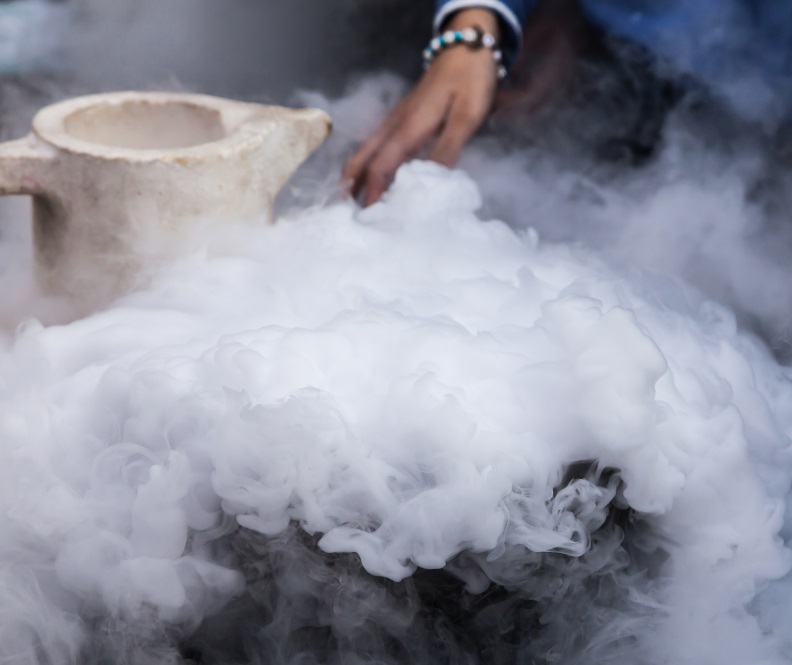
Cryogenic processing can significantly improve the mechanical properties of materials by precisely controlling extremely low temperatures, ensuring superior strength, hardness, and longevity.



It is a specialized treatment that subjects metal components to extremely low temperatures.
This process harnesses the power of cold to transform the material’s microstructure, resulting in improved mechanical properties.
Cryogenic processing is typically performed after conventional heat treatment methods, such as quenching and tempering, to enhance the material’s characteristics further.
Cryogenic processing begins by subjecting the metal components to temperatures as low as -300°F (-184°C) or lower. This deep freezing phase allows for the transformation of retained austenite and the precipitation of fine carbides or other strengthening phases.
The components are held at extremely low temperatures for a specific duration, typically ranging from several hours to several days. This holding time allows for completing the transformation and precipitation processes within the material.
After the holding time, the components are gradually brought back to room temperature through controlled thawing. This ensures a smooth transition from extremely low temperatures to prevent any thermal shocks or stress within the material.
Cryogenic processing significantly enhances the hardness and wear resistance of metal components. The deep freezing and controlled thawing processes form fine carbides and other strengthening phases, which improve the material’s hardness, toughness, and resistance to wear abrasion and deformation.
Cryogenic treatment helps to improve the dimensional stability of metal components. The transformation and precipitation of microstructural elements during cryogenic processing result in a more uniform and stable structure. This minimizes the risk of dimensional changes, distortion, or warping during subsequent processing or service conditions.
The process improves fatigue strength and extends the lifespan of metal components. The transformation of retained austenite and the precipitation of fine carbides reduce the risk of fatigue failure, making the components more resistant to cyclic loading or repetitive stress. This results in increased reliability and extended service life.
Tool steels, such as high-speed and cold work steels, can benefit from cryogenic treatment. Cryogenic processing enhances tool steels’ hardness, wear resistance, and toughness, making them ideal for applications in cutting tools, molds, dies, and other high-wear environments.
Various steel alloys, including carbon and alloy steels, can undergo cryogenic treatment. Cryogenic processing improves the material’s strength, hardness, and resistance to wear and corrosion.
Cryogenic treatment finds extensive application in the automotive industry. Engine parts, gears, bearings, and brake components can undergo cryogenic processing to improve their strength, durability, and resistance to wear. Cryogenically treated automotive components can withstand demanding conditions and enhance performance and longevity.